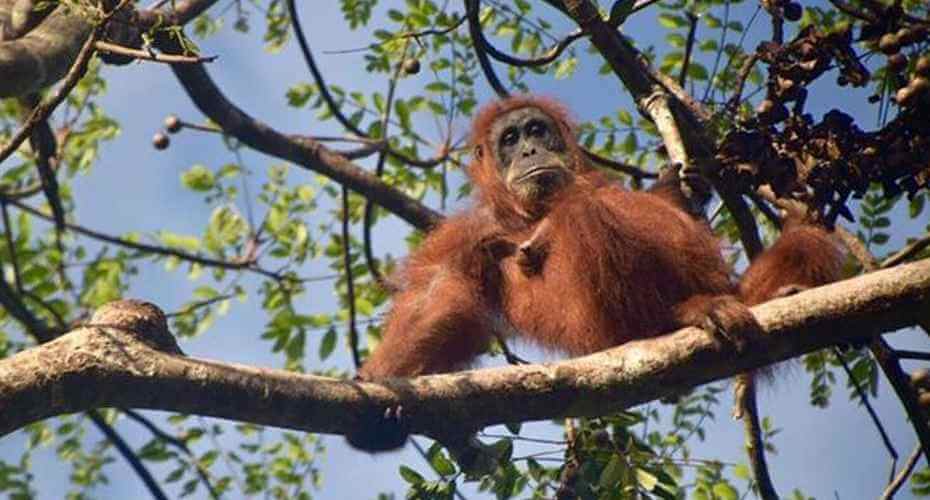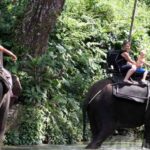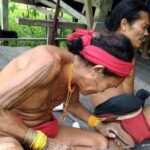Bukit Lawang is a hidden ecotourism gem nestled in the heart of Sumatra’s tropical rainforest, Indonesia. Located on the edge of Gunung Leuser National Park, this charming riverside village is renowned for its lush landscapes, abundant wildlife, and, most notably, its population of endangered Sumatran orangutans.
Bukit Lawang is a small tourist village on the bank of Bahorok River in the North Sumatra province of Indonesia. Situated approximately 86 km northwest of the city of Medan, Bukit Lawang is known for the largest animal sanctuary of Sumatran orangutan (around 5,000 orangutans occupying the area) and also the main access point to the Gunung Leuser National Park from the east side.
To explore the nature of Bukit Lawang, we provide you short 3 hours jungle trekking, fulldays jungle trekking, 2 days jungle trekking or longer trekking for 4 to 6 days jungle trekking accompanied by our experienced and skill full tour guide.
The park is named after one of its highest points, the 3,381m Mount Leuser (Gunung Leuser). The Gunung Leuser National Park was originally created as a wildlife reserve.
Bukit Lawang Tropical Rainforest Heritage of Sumatra
Along with the two other National Parks (Kerinci Seblat and Bukit Barisan Selatan) on the island, it comprises the UNESCO World Heritage site of ‘The Tropical Rainforest Heritage of Sumatra’ (status since 2004).
In 1973 a Swiss organization set up an orangutan rehabilitation center in Bukit Lawang (Bukit Lawang literally means “door to the hills”). The purpose of the center was to rehabilitate orangutans released from captivity. The rangers at the center teach the orangutan all the necessary skills to survive in the wild. After an intense period of quarantine, readjustment to the natural habitat and reintegration into the (semi-)wild population, the orangutan is released back into the jungle.
All orangutans released are still monitored by the rangers through the feeding platform not exist anymore due to orangutan is getting more and wilder.
Seeing orangutans is a magical experience. About 10,000 live in this area. In Bukit Lawang, you can usually see them near the rehabilitation center and at the feeding platform during the morning and afternoon feeding sessions. In Ketambe, you can go to 1-7 days treks into the jungle.
The best experience is an encounter in the jungle where there are many semi-wild and wild animals. The wild orangutan can be difficult to spot unless you go deep into the jungle. There are also white and black gibbons that make an amazing noise calling out to each other, and Thomas Leaf monkeys. If you are lucky, you may be able to see hornbills, toucans, moon snakes, monitor lizards.
Since there are very few (hundreds) still alive, it is very improbable that either the Sumatran Tiger or the Sumatran Rhinoceros will be encountered, although footprints and droppings have been reported. If you really want to see a tiger, you have to go deep and be patient (waiting for weeks).
A jungle trek is a must. Seeing the orangutan in the wild may be one of the best experiences you will have in your life.
Everyone who is planning to go on a jungle trek is asked to refrain from any physical contact with the orangutans. Getting too close to an orangutan increases the risk of passing on disease and viral infection, which jeopardizes the orangutan’s chances of survival and in turn the health and survival of the wild orangutan population in the entire area.
All guests should keep at least 10 meters away and move away if an orangutan approaches. The motto of any jungle adventure should be taken only pictures, leave only footprints.




